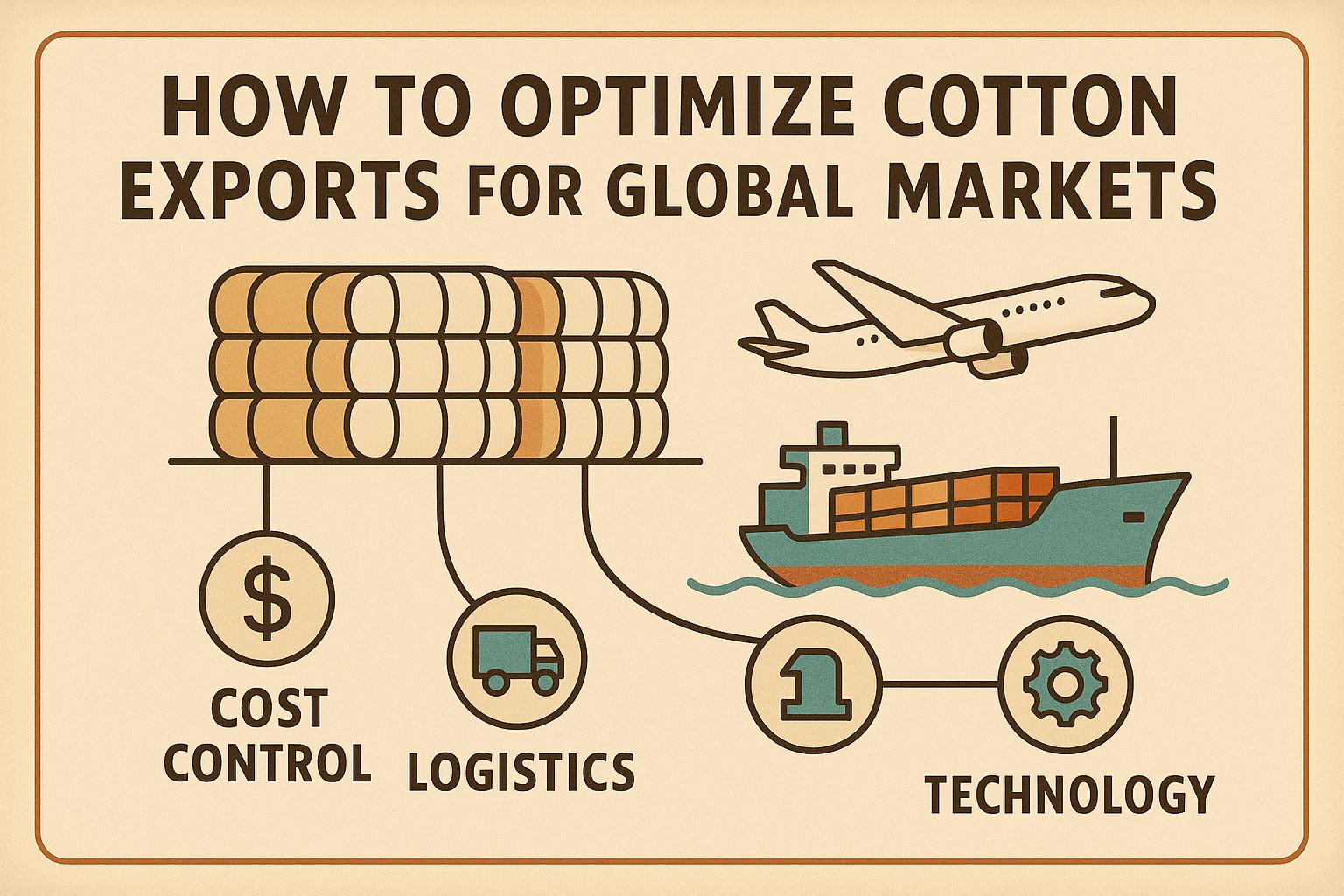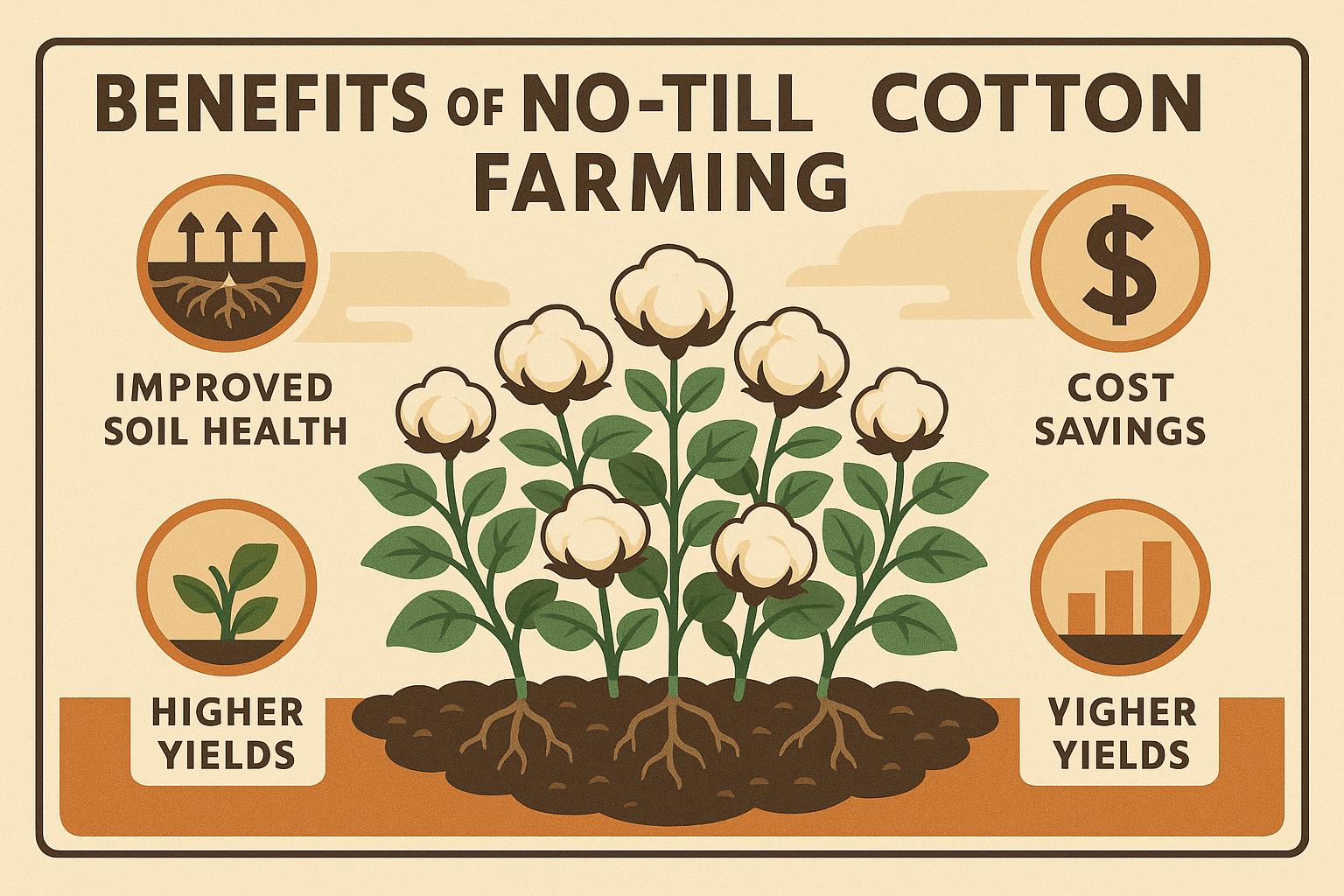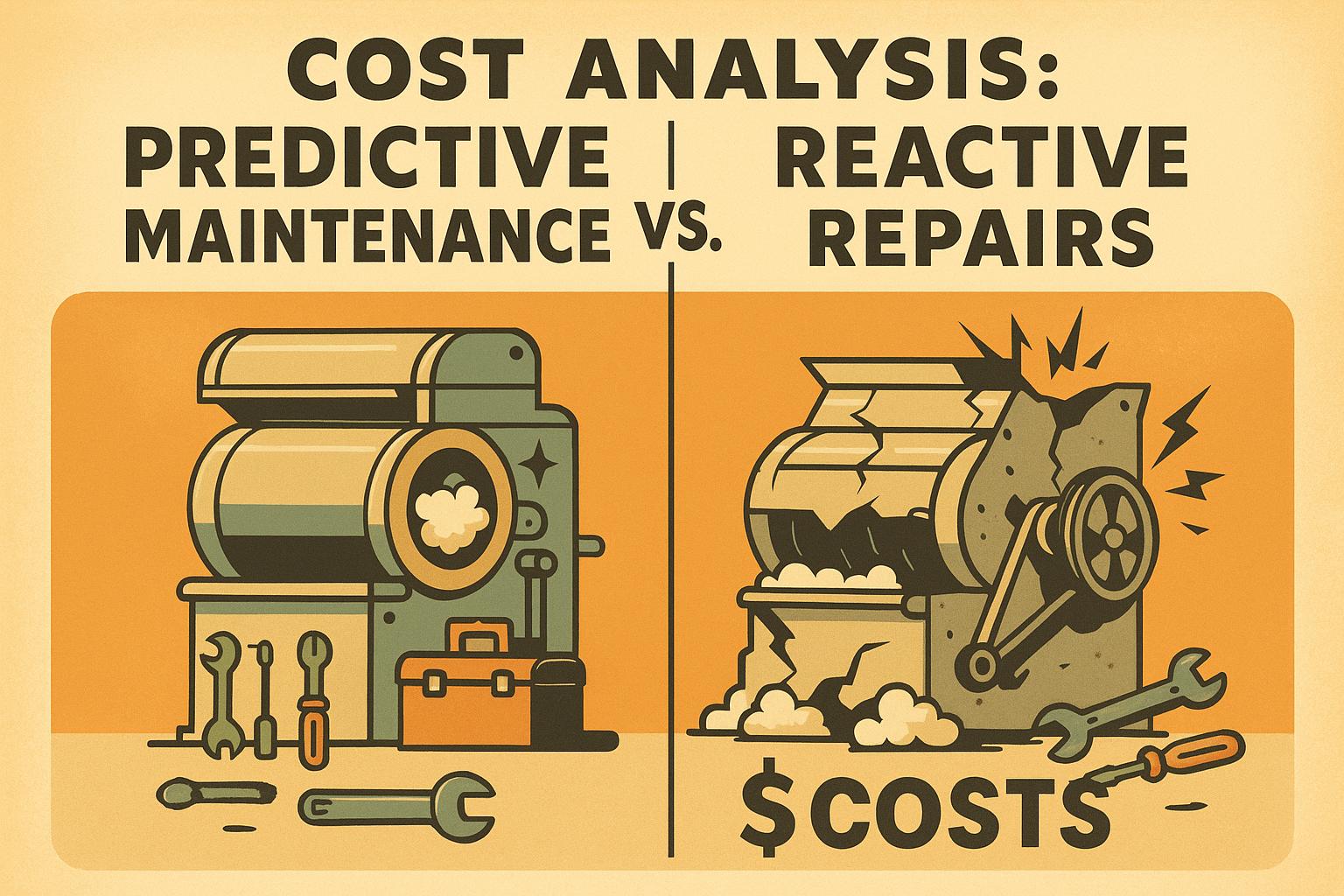Introduction to Pima Cotton
When it comes to cotton, not all varieties are created equal. While most people are familiar with the soft, everyday cotton used in T-shirts and towels, there’s a premium tier that elevates textiles to a whole new level. Enter Pima cotton—a variety renowned for its extra-long staple fibers, which give it a luxurious feel, exceptional durability, and a reputation as one of the finest cottons in the world.
So, what is Pima cotton? In simple terms, it’s a type of cotton with fibers longer than those of standard varieties. These extra-long staple (ELS) fibers allow for smoother, stronger, and softer yarns, resulting in higher-quality fabrics. Often compared to Egyptian cotton, another ELS variety, Pima cotton has its own unique history and characteristics that set it apart.
Pima cotton is a product of both nature and human ingenuity. Developed in the early 20th century through careful breeding, it was designed to thrive in specific climates while producing fibers of exceptional quality. Today, it’s grown primarily in the United States, especially in the Southwest, but also in countries like Peru and Australia. Whether you’re a cotton enthusiast or just curious, this guide will answer the question, “What is Pima cotton?” with a blend of historical context, scientific insight, and practical knowledge.
The History of Pima Cotton
The story of Pima cotton begins in the early 1900s, when the United States Department of Agriculture (USDA) aimed to develop a cotton variety suited to the harsh desert climates of the American Southwest. At the time, cotton farming existed in the region, but existing varieties struggled in the extreme heat and arid conditions.
Enter the Pima Native American tribe, who had been farming cotton in the Southwest for centuries. The USDA partnered with the Pima tribe, leveraging their agricultural expertise and knowledge of the land. This collaboration gave rise to Pima cotton, named in honor of the tribe’s contributions.
The development process involved crossbreeding several cotton types, including Egyptian cotton (Gossypium barbadense) and American Upland cotton (Gossypium hirsutum). The goal? A hybrid that could thrive in the Southwest while producing fibers longer and finer than standard Upland cotton. After years of experimentation, the first successful Pima cotton variety emerged in 1910. It quickly gained traction among farmers and textile manufacturers for its high yields and superior fiber quality.
By the 1920s, Pima cotton had become a cornerstone of the American cotton industry, particularly in Arizona, California, New Mexico, and Texas. Over time, breeding programs refined its resistance to pests, diseases, and environmental stress. Today, Pima cotton is grown globally, with Peru producing a notable share and the U.S. branding its crop as "Supima" (a trademark for American-grown Pima cotton). This rich history showcases how Pima cotton blends tradition, innovation, and quality—a legacy that continues to thrive.
The Science Behind Pima Cotton
What makes Pima cotton so special? The answer lies in its fibers. Cotton is classified by staple length—the average length of fibers in a cotton boll—and Pima cotton is an extra-long staple (ELS) variety. But why does this matter?
Fiber Length: The Key to Quality
Standard Upland cotton, which dominates global production, has a staple length of about 1 to 1.1 inches. Pima cotton, however, boasts fibers of 1.4 inches or more, sometimes reaching up to 2 inches. This extra length is a game-changer:
- Softness: Longer fibers create smoother yarns with fewer loose ends, resulting in a silky, luxurious feel.
- Strength: The fibers intertwine more tightly, making fabrics more durable and resistant to tearing.
- Pilling Resistance: Long-staple cotton is less prone to forming those pesky fuzz balls after washing.
Genetic Foundations
Pima cotton’s long fibers stem from its genetic heritage. It belongs to the Gossypium barbadense species, native to South America, which naturally produces longer fibers than the Gossypium hirsutum of Upland cotton. Selective breeding enhanced this trait, tailoring Pima cotton for both quality and adaptability to the Southwest’s climate.
Micronaire: Fineness and Maturity
Another scientific edge of Pima cotton is its micronaire—a measure of fiber fineness and maturity. Pima cotton typically has a lower micronaire than Upland cotton, meaning its fibers are finer and more mature. This fineness allows for lighter, more breathable fabrics, ideal for high-end bedding and clothing.
In essence, the science of Pima cotton’s superiority hinges on its extra-long staple fibers, a result of genetics and meticulous breeding. These properties make it a standout in the textile world, blending comfort with durability.
How Pima Cotton Is Grown and Processed
Growing Pima cotton is a precise art, requiring specific conditions to yield its signature high-quality fibers.
Ideal Growing Conditions
Pima cotton thrives in warm, arid climates with long growing seasons—think the American Southwest, particularly Arizona and California. Hot days, cool nights, and well-drained, fertile soil create the perfect environment for developing long fibers. Water management is key; while Pima cotton tolerates drought better than some varieties, consistent irrigation (often via drip systems) ensures optimal growth.
Harvesting and Ginning
Harvest typically occurs in late summer or early fall, when bolls mature and open. While hand-picking was once common, mechanical harvesters now dominate due to efficiency. After harvest, the cotton undergoes ginning to separate fibers from seeds. Pima cotton’s long fibers require careful handling during ginning to avoid damage, often using specialized equipment.
Post-ginning, the cotton is classed based on fiber length, strength, and cleanliness. In the U.S., top-tier Pima cotton earns the "Supima" label, ensuring it meets strict quality standards. This meticulous process preserves the integrity of Pima cotton’s extra-long staple fibers, setting the stage for premium textiles.
Characteristics and Benefits of Pima Cotton
Pima cotton’s unique traits make it a standout in the cotton world. Here’s why it’s so prized:
-
Unmatched Softness
The long, fine fibers produce fabrics that feel silky and smooth—perfect for bedding, towels, and clothing where comfort reigns supreme. -
Superior Strength and Durability
Extra-long staple fibers create strong yarns, ensuring Pima cotton products withstand wear and washing over time. -
Breathability and Moisture-Wicking
Fine fibers enhance air circulation and wick moisture away, keeping you cool and dry—ideal for warm climates or activewear. -
Resistance to Pilling and Fading
The fiber length and strength minimize pilling and fading, preserving the look and feel of Pima cotton items. -
Luxurious Appearance
Pima cotton’s natural sheen and excellent dye absorption yield vibrant, lasting colors, enhancing its appeal in fashion and home textiles.
These benefits make Pima cotton a top choice for those seeking quality and longevity in their textiles.
Pima Cotton vs. Other Types of Cotton
To understand Pima cotton’s value, let’s compare it to Egyptian and Upland cotton.
Pima Cotton vs. Egyptian Cotton
| Feature | Pima Cotton | Egyptian Cotton |
|---|---|---|
| Origin | Primarily U.S. (Southwest) | Egypt |
| Fiber Length | 1.4+ inches | 1.4+ inches |
| Softness | Very soft | Slightly softer |
| Durability | High | Slightly less than Pima |
| Price | More affordable | Typically more expensive |
Both are ELS cottons, but Pima cotton offers a balance of softness, strength, and value.
Pima Cotton vs. Upland Cotton
| Feature | Pima Cotton | Upland Cotton |
|---|---|---|
| Fiber Length | 1.4+ inches | 1–1.1 inches |
| Softness | Much softer | Less soft |
| Durability | High | Moderate |
| Uses | Premium products | Everyday textiles |
Upland cotton is practical and widespread, but Pima cotton excels in luxury and performance.
Uses of Pima Cotton in Everyday Products
Pima cotton’s versatility shines in various applications:
-
Bedding
High-thread-count sheets, pillowcases, and duvets benefit from Pima cotton’s softness and durability. -
Towels
Luxury bath towels are absorbent, quick-drying, and long-lasting—staples in upscale settings. -
Clothing
Premium T-shirts, dress shirts, and underwear prioritize comfort and quality with Pima cotton. -
Home Textiles
Table linens, curtains, and upholstery gain elegance from Pima cotton’s sheen and texture. -
Industrial Uses
Its strength suits niche applications like medical textiles or high-performance fabrics.
Brands like Brooklinen and Tommy Hilfiger often feature Pima cotton, underscoring its premium status.
Caring for Pima Cotton Products
To maximize the lifespan of Pima cotton items:
- Washing: Use cold or warm water with gentle detergent; avoid bleach.
- Drying: Tumble dry on low or air dry to prevent shrinkage.
- Ironing: Iron on low while slightly damp, if needed.
- Storage: Keep in a cool, dry place away from sunlight to avoid fading.
Proper care ensures Pima cotton retains its luxury and durability.
The Economic and Environmental Impact of Pima Cotton
Economic Impact
Pima cotton, though only 3% of U.S. cotton production, is a high-value crop. Its premium quality fetches higher prices, boosting local economies in growing regions like Arizona. It’s also a key U.S. export, feeding textile industries worldwide.
Environmental Considerations
Pima cotton’s cultivation can be resource-intensive, requiring water and specific soils. However, sustainable practices like drip irrigation and pest management reduce its footprint. Its durability also means fewer replacements, cutting waste over time.
Conclusion: Why Pima Cotton Is a Cut Above the Rest
Pima cotton isn’t just cotton—it’s a fusion of history, science, and quality. From its roots in the American Southwest to its global reach, Pima cotton’s extra-long staple fibers deliver unmatched softness, strength, and durability. Whether in luxury bedding or premium clothing, it offers a tactile experience that’s hard to beat.


